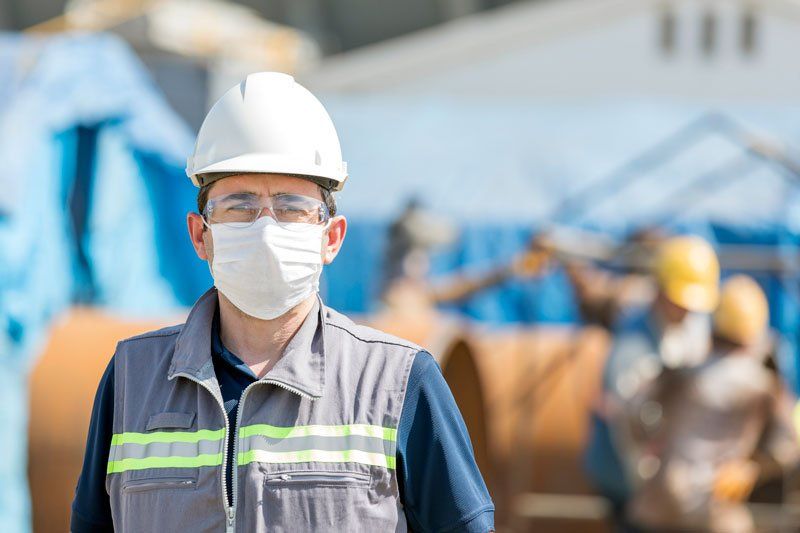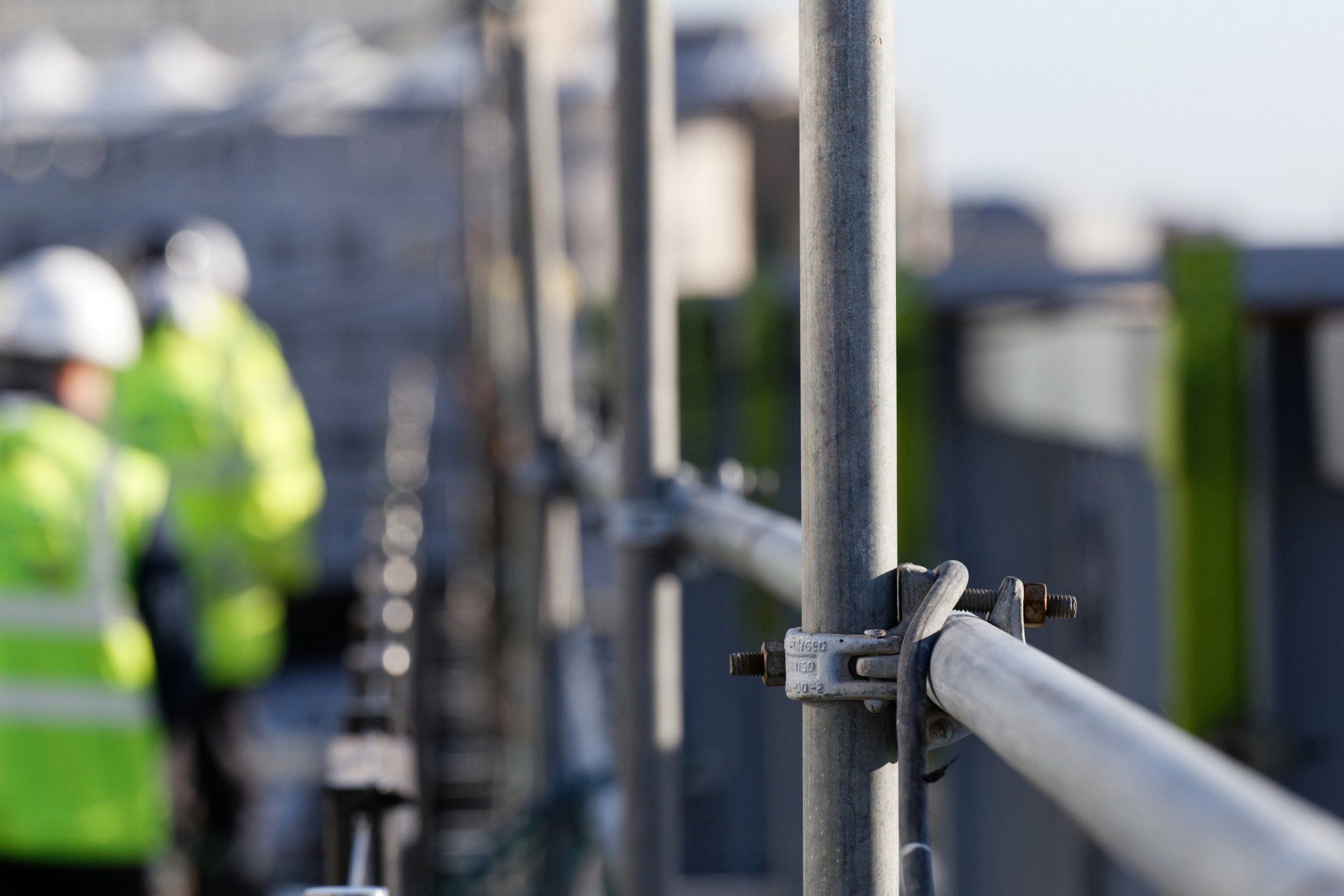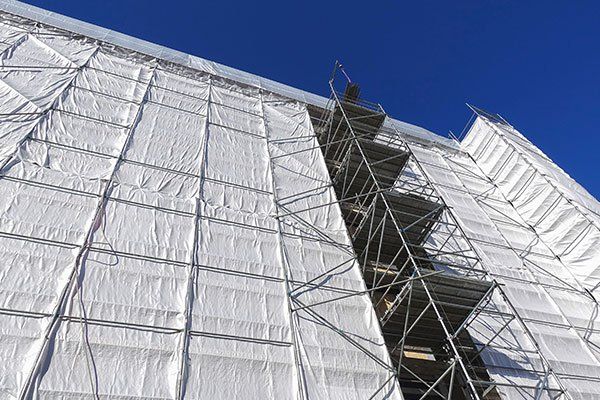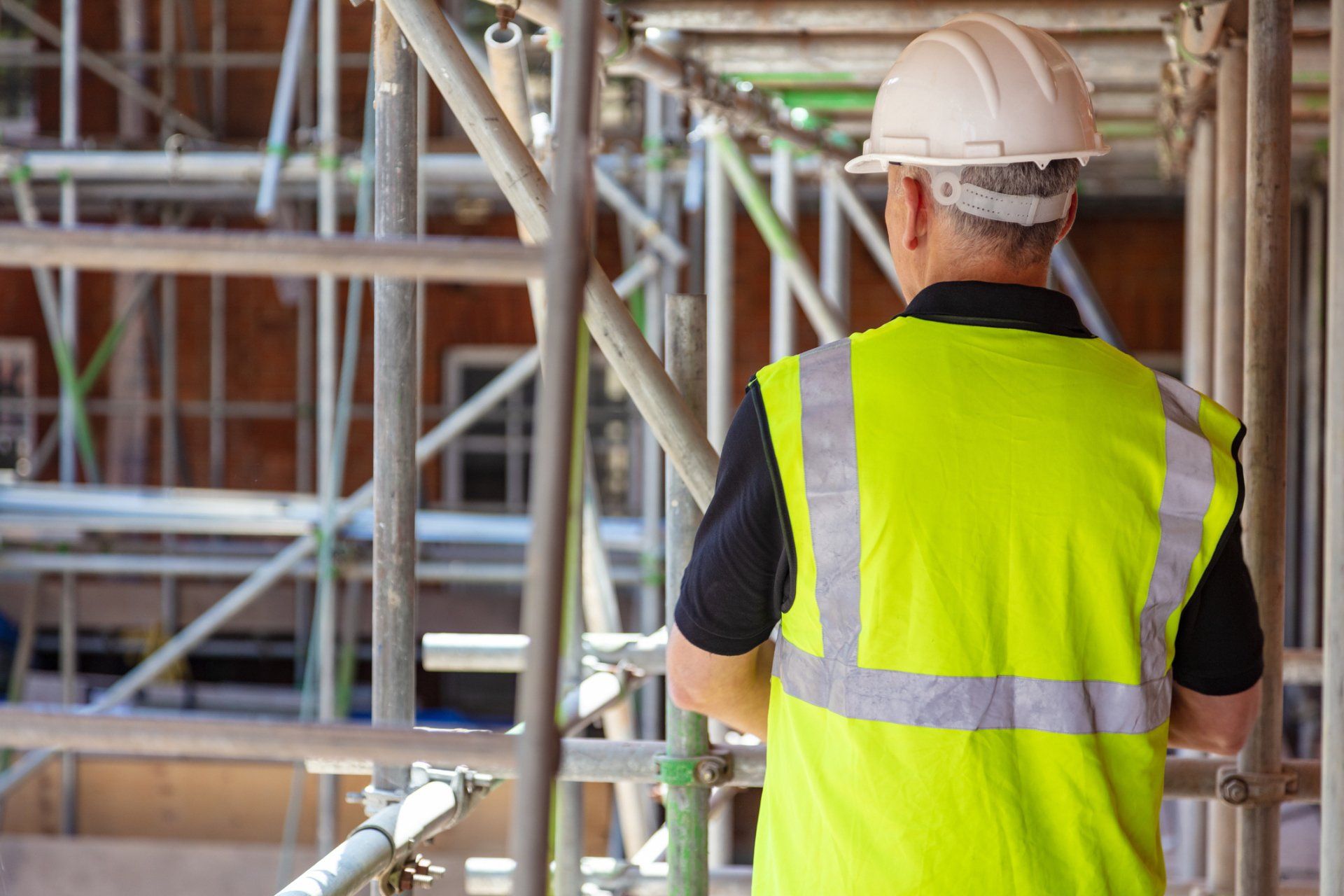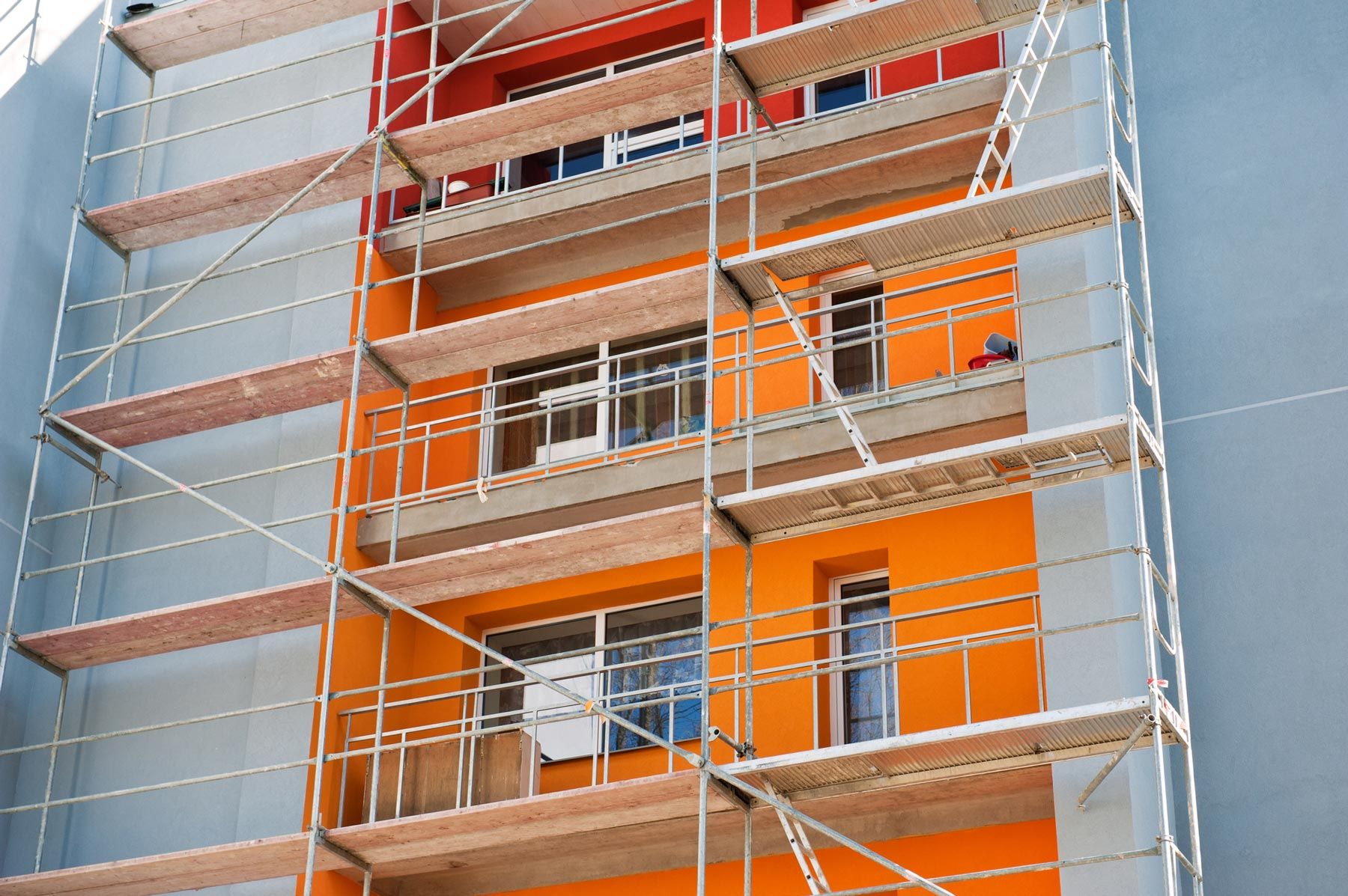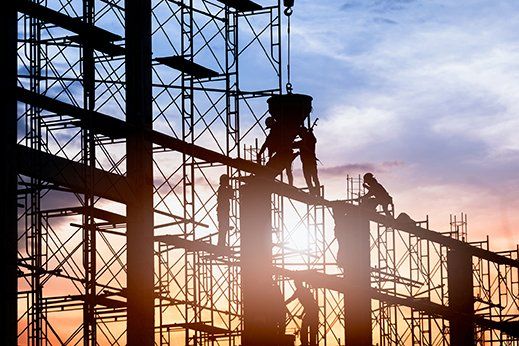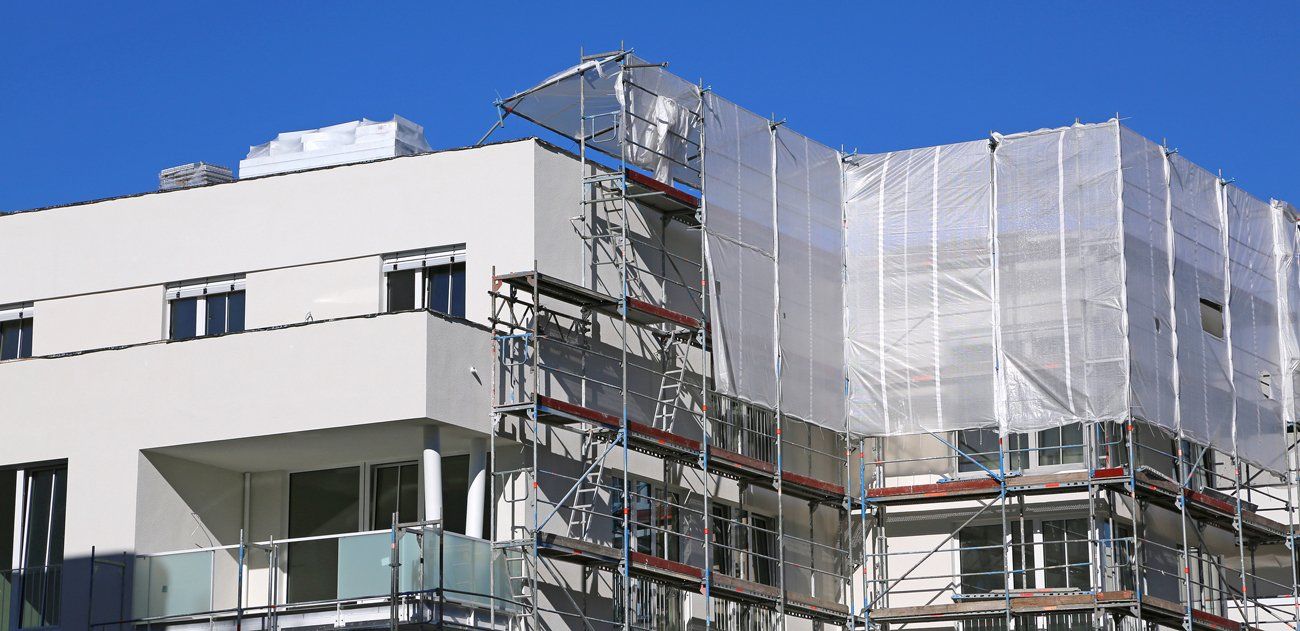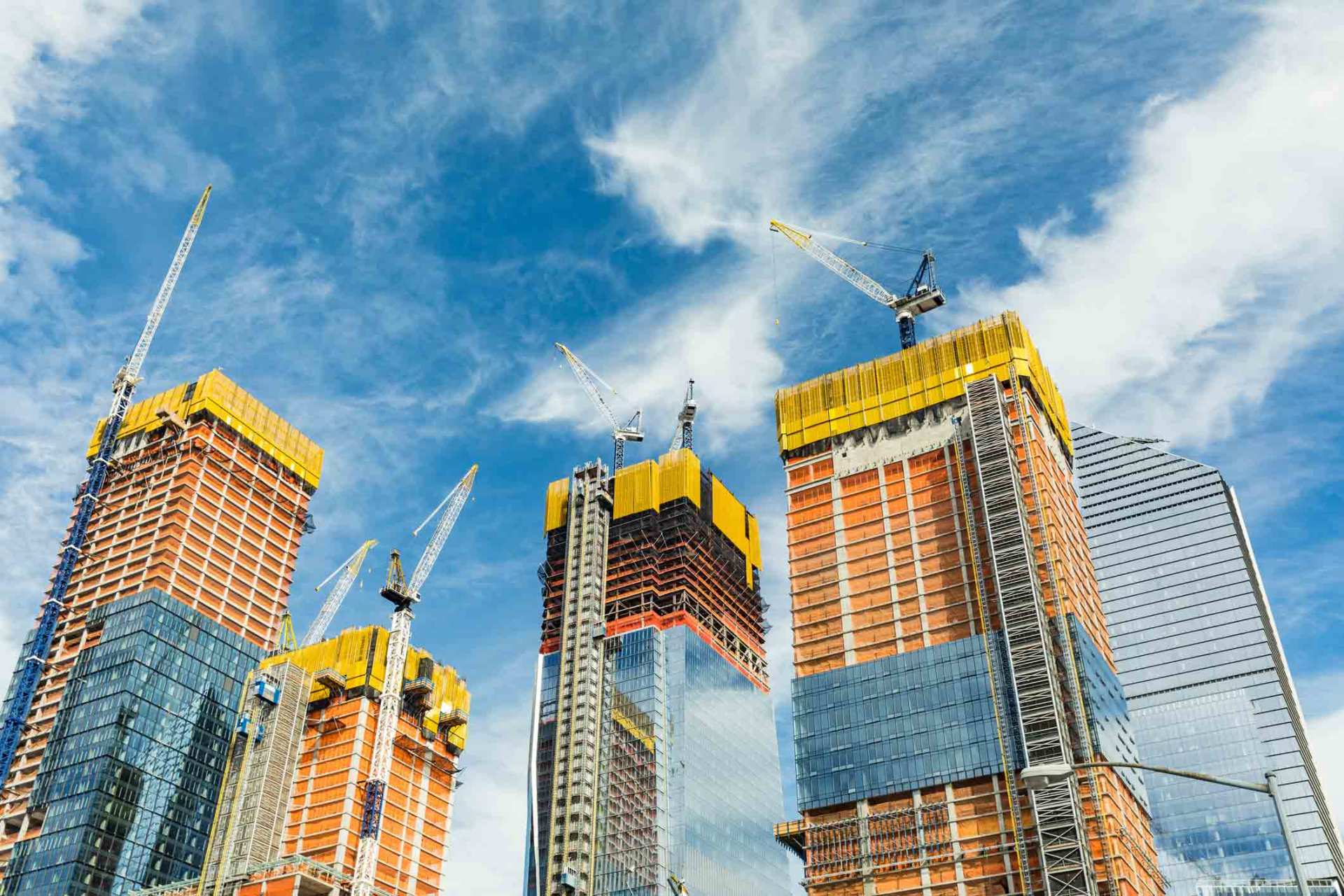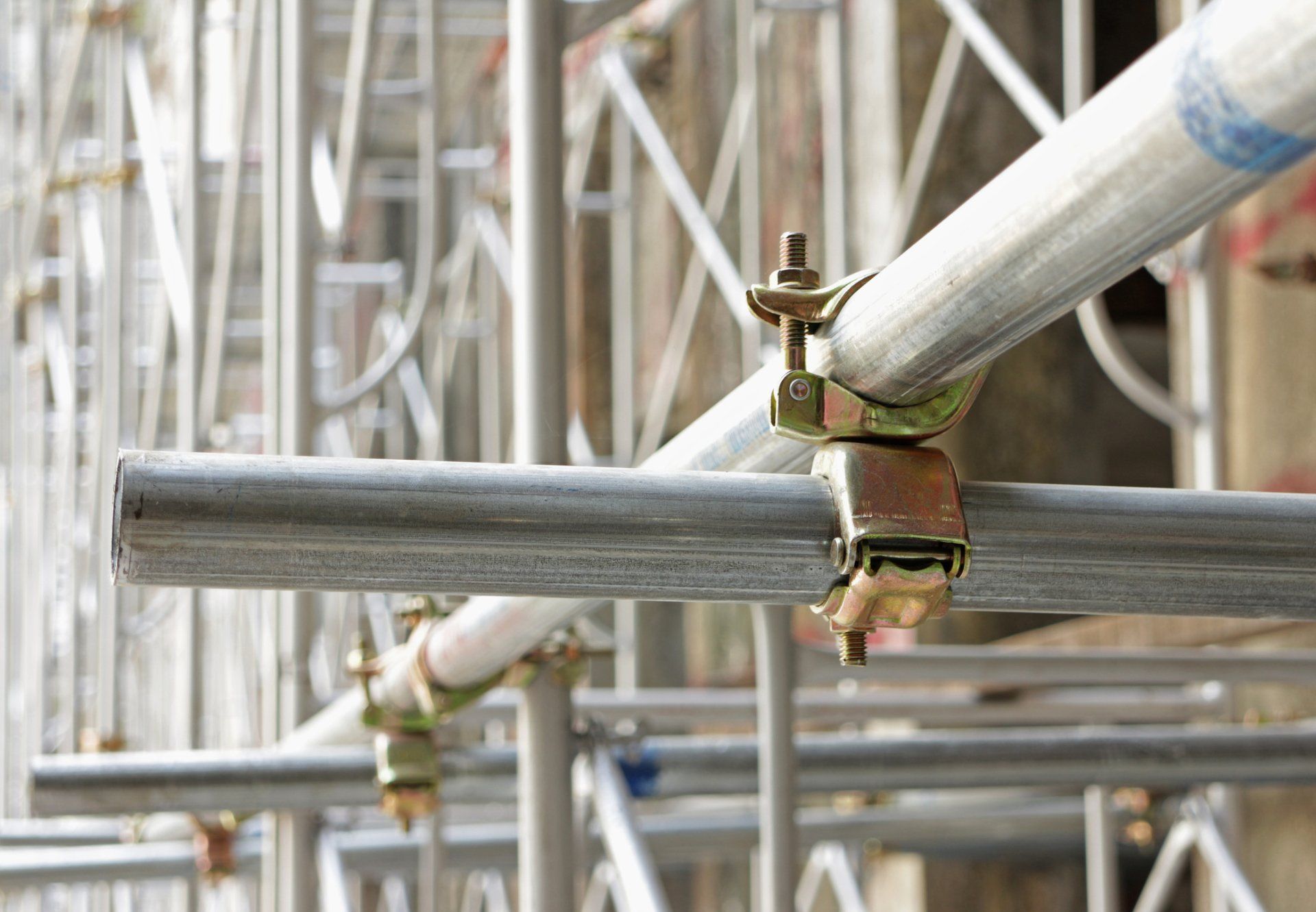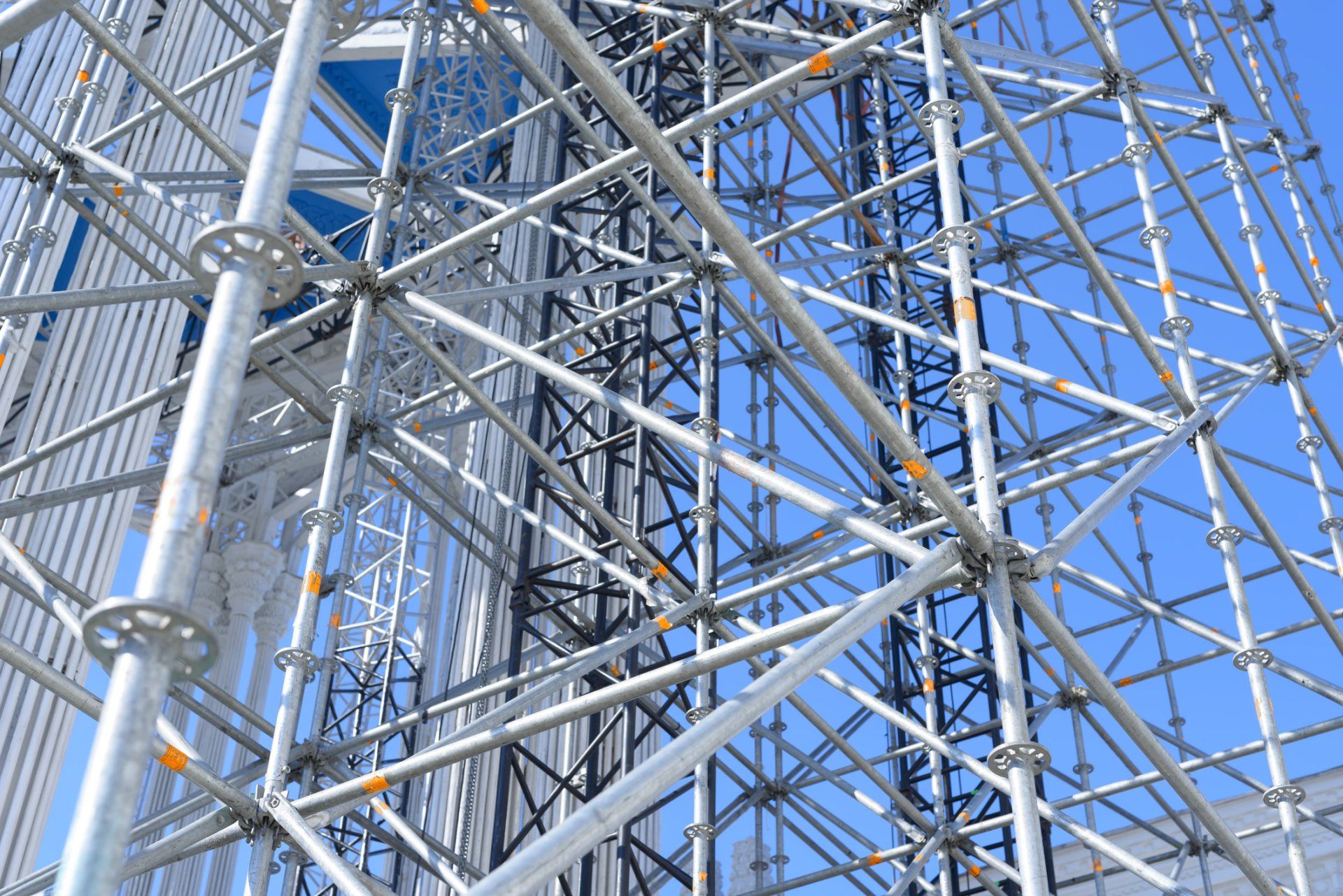Weather and Your Scaffolding: Knowing When to Come Down

Scaffolding is one of the most useful ways to work on the side of a building or high overhead without hanging off a ladder. When assembled correctly, the scaffold is safe and stable, providing a good work area. But some things can affect the way your scaffold performs. Weather is one of those things, and you often can't do a lot to change that.
Rain and Scaffolds
You can use many different scaffolds on your project, but in almost every situation, the scaffold is going to get slippery when it gets wet.
Even in light rain, workers need to be extremely careful working on a wet scaffold. Many scaffold systems use a wooden board as the work platform, and depending on the wood, the surface can be slippery with a minimal amount of water on it. If you regularly need to work in the rain, adding some traction material to the surface of the board can increase stability.
If the rain comes down hard or your workers express concern over the conditions on the scaffold, bring your employees down until the weather passes. Most construction projects are on tight deadlines, but an injury or death is not worth making the deadline for.
High-Wind Concerns
Working in windy conditions may not be a good reason to shut down a job, but there are many documented cases of scaffolds overturning or collapsing in a high-wind situation.
Some states prohibit work on a scaffold in high winds, but the wind speed is not always clearly stated so you may have to try and determine what high wind is and have your site engineer look at the factors for you to decide whether it is safe to continue working.
Cold Weather Wraps and Wind
In some areas of the country, the scaffold is wrapped in plastic to protect the building from the cold or to keep debris off the street below. The wrap can help cure concrete or mortar on blocks or bricks during the colder months of the year. If your concern is lead paint or asbestos dust from the building drifting to the street below, the wrap will help contain that as well.
Unfortunately, the plastic can catch the wind and act like a giant sail, so in adverse conditions, the plastic can compromise the scaffold, making it unsafe. If high wind is in the forecast, secure the scaffold and do not allow workers on it until the weather has gone through the area.
Lightning Storm Concerns
OSHA, the Occupational Health and Safety Administration has some guidelines regarding outside work and thunderstorms. The agency recommends that all outdoor work stops as soon as you hear thunder, and storms are in the area. This guideline explicitly addresses work on a scaffold and the increase in danger from the metal structure and the height of the platform.
Workers must not be up on the side of a building during storms that produce lightning for any reason.
Since most scaffolds are steel or aluminum, the likelihood of lightning striking it is higher than other parts of the structure. If you use a wooden scaffold, the wood can become saturated with water and be just as dangerous. Wood scaffolds are not a safe alternative and should not be used in electrical storms for any reason.
Pacific Scaffold Co. Inc.can help you select the right scaffold for the job, install stairs on your scaffold, shrink wrap the entire system, and provide you the tools to get the job done right. Come by and see us or give us a call to discuss what we can do to help create a safe and efficient job site for you and your employees.

